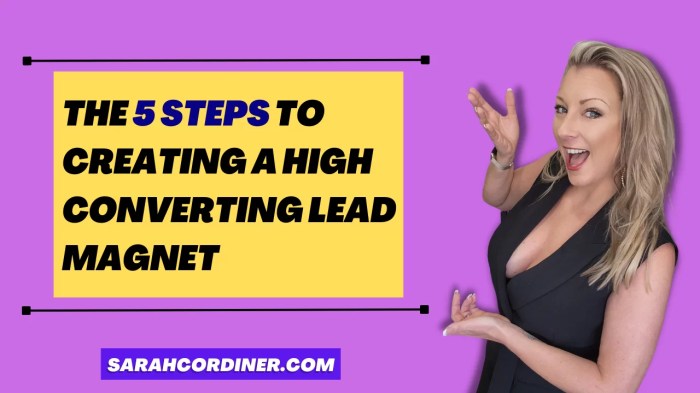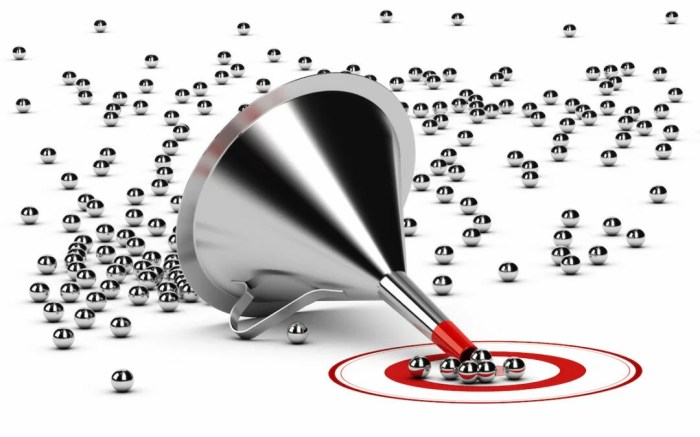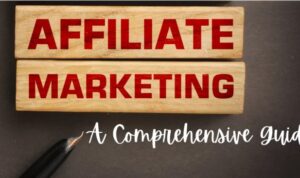Creating a High-Converting Lead Magnet sets the stage for boosting conversions with innovative tactics that captivate your target audience from the get-go.
Get ready to dive into the world of lead magnets and discover how to craft a magnetic offer that drives results.
Introduction to Lead Magnets
A lead magnet is a valuable piece of content offered to potential customers in exchange for their contact information, usually their email address. The purpose of a lead magnet is to attract leads and convert them into customers by providing them with something of value.
Creating a high-converting lead magnet is crucial for any business looking to grow its customer base and increase sales. A well-designed lead magnet can help capture the attention of potential customers, build trust, and ultimately drive conversions.
Examples of Successful Lead Magnets
- In the fitness industry, a free workout guide or meal plan can be a successful lead magnet to attract health-conscious individuals.
- For online businesses, a free e-book or webinar on a relevant topic can be an effective lead magnet to capture leads.
- In the software industry, offering a free trial or demo of a product can entice potential customers to provide their contact information.
Understanding Your Target Audience
Knowing your target audience is crucial before creating a lead magnet. Understanding their needs, preferences, and pain points will help you tailor your offer to resonate with them and increase the chances of conversion.
Conducting Audience Research
To conduct audience research, start by defining your target audience based on demographic factors such as age, gender, location, income level, and interests. You can use tools like Google Analytics, social media insights, surveys, and interviews to gather data and insights about your audience.
- Survey your existing customers to understand their motivations and challenges.
- Analyze social media demographics to identify trends and preferences.
- Use research to uncover search queries related to your niche.
Influencing Lead Magnet Creation
Audience demographics play a significant role in shaping your lead magnet. For example, if your target audience is young professionals interested in career growth, you might create a free e-book on resume writing tips or a webinar on interview strategies. On the other hand, if your audience is stay-at-home parents looking for easy meal planning solutions, a printable recipe card or meal prep guide would be more appealing.
- Age: Younger audiences might prefer interactive content like quizzes or templates, while older audiences may prefer in-depth guides or case studies.
- Gender: Tailor your lead magnet content to resonate with the specific challenges or interests of different genders.
- Interests: Create lead magnets that align with the hobbies, passions, or goals of your target audience to capture their attention.
Types of Lead Magnets

Lead magnets come in various forms and formats, each serving a different purpose and catering to specific audience needs. Understanding the different types of lead magnets can help you choose the most effective one for your business.
Ebooks
Ebooks are informative digital documents that provide valuable content to the audience. They are usually longer in length and cover a specific topic in detail. Ebooks are great for establishing authority in your industry and capturing leads interested in in-depth information.
Webinars
Webinars are live or pre-recorded online seminars that allow you to engage with your audience in real-time. They are a powerful lead magnet as they offer valuable insights, expert knowledge, and interactive sessions that can help in converting leads into customers.
Templates
Templates are ready-made tools or resources that help your audience solve a specific problem or achieve a particular goal. They save time and effort for your leads and provide immediate value. Templates can range from worksheets, planners, calendars, to design elements, and more.
Checklists
Checklists are simple but effective lead magnets that provide a step-by-step guide to completing a task or achieving a goal. They are easy to consume, practical, and help your audience stay organized and focused. Checklists are great for quick wins and generating leads.
Comparison Infographics
Comparison infographics visually represent the benefits of choosing your product or service over competitors. They highlight key features, advantages, and value propositions in a concise and engaging manner. Comparison infographics can help in educating leads and influencing their purchase decisions.
Designing a High-Converting Lead Magnet: Creating A High-Converting Lead Magnet
When it comes to designing a lead magnet that converts, visual appeal plays a crucial role in capturing the attention of your target audience. In addition to eye-catching design, compelling copy and strategic use of color psychology and imagery can significantly impact the effectiveness of your lead magnet.
Key Design Elements for Visual Appeal
- Clear and concise layout: Ensure that the design is clean and easy to read, with a logical flow of information.
- Use of high-quality images: Incorporate relevant and engaging visuals that enhance the overall appeal of the lead magnet.
- Consistent branding: Maintain brand identity through colors, fonts, and imagery to create a cohesive and recognizable design.
Creating Compelling Copy for Conversions, Creating a High-Converting Lead Magnet
- Highlight benefits: Clearly communicate the value proposition of your lead magnet and how it can solve a specific problem for your audience.
- Use persuasive language: Craft copy that resonates with your target audience and compels them to take action, such as downloading or signing up.
- Include a strong call to action: Encourage users to act by clearly stating what they need to do next to access the lead magnet.
Utilizing Color Psychology and Imagery
- Choose colors strategically: Use colors that evoke emotions and align with your brand personality to create a visually appealing and impactful design.
- Integrate relevant imagery: Select images that support the message of your lead magnet and resonate with your target audience to enhance engagement.
- Consider cultural influences: Be mindful of how color and imagery choices may be interpreted differently across various cultures to ensure inclusivity and effectiveness.
Promotion and Distribution Strategies
When it comes to promoting and distributing your lead magnet, you want to make sure you’re reaching your target audience effectively. Utilizing various strategies can help maximize conversions and drive more leads for your business.
The Role of Landing Pages
Landing pages play a crucial role in promoting your lead magnet. These dedicated pages are designed to capture visitor information in exchange for the valuable content you’re offering. Make sure your landing page is clear, concise, and highlights the benefits of downloading your lead magnet.
Utilizing Pop-Ups
Pop-ups can be a powerful tool for promoting your lead magnet. When strategically placed on your website, pop-ups can grab visitors’ attention and encourage them to sign up to receive your content. Just make sure they’re not intrusive and provide value to the user.
Harnessing the Power of Social Media
Social media platforms are a great way to promote your lead magnet and reach a wider audience. Share teasers, snippets, or testimonials about your lead magnet on platforms like Facebook, Twitter, and LinkedIn to generate interest and drive traffic to your landing page.
Creating a Seamless User Experience
From the moment a user clicks on your lead magnet to the conversion process, it’s essential to provide a seamless experience. Ensure that your download process is straightforward, your landing page is optimized for mobile, and your follow-up emails are engaging to keep users interested in your brand.
Measuring Success and Optimization

When it comes to creating a high-converting lead magnet, it’s essential to track its performance and make necessary optimizations to improve its effectiveness. Here are some key metrics to keep an eye on:
Key Metrics to Track
- Conversion Rate: This metric measures the percentage of visitors who take the desired action, such as signing up for your lead magnet. A higher conversion rate indicates a more successful lead magnet.
- Click-Through Rate (CTR): CTR shows the percentage of people who clicked on your lead magnet offer compared to how many saw it. Monitoring CTR helps you understand the effectiveness of your promotion strategies.
- Engagement Metrics: Analyze metrics like time spent on the landing page, number of pages viewed, and bounce rate to gauge the level of interest and interaction with your lead magnet.
A/B Testing for Optimization
A/B testing involves creating two versions of your lead magnet (A and B) with slight variations to test which one performs better. By comparing the results, you can identify what elements resonate with your audience and optimize for higher conversions.
Best Practices for Data Analysis
- Set clear goals: Define what success looks like for your lead magnet and align your data analysis with these objectives.
- Track and measure consistently: Regularly monitor key metrics to identify trends and areas for improvement.
- Make data-driven decisions: Use insights from your data to make informed decisions on how to optimize your lead magnet for better performance.





